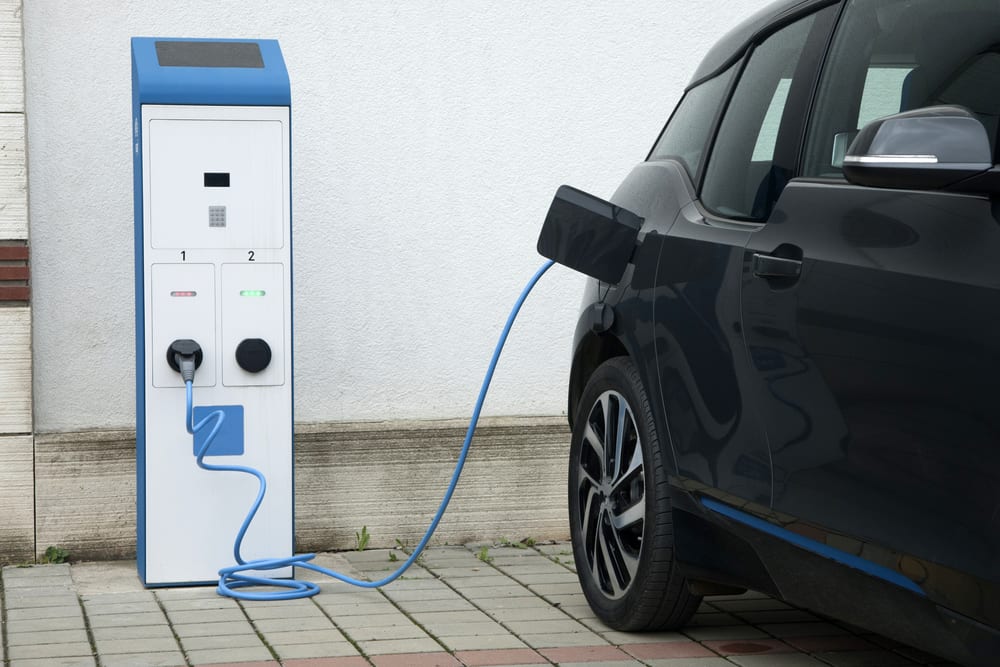

When you tell your friends and family that you bought a new car, inevitably the first question you’ll get is, “What kind of gas mileage does it get?”
The question assumes that you’ve purchased an internal combustion vehicle, not a hybrid or electric car. According to Edmunds, electric or hybrid vehicles only accounted for 2.7 percent of new cars sold in the first quarter of 2015, but this is sure to increase in the coming years.
History of fuel efficiency measurement
Historically, car mileage has been measured by MPG, which stands for miles per gallon. It is the measurement of the distance that a vehicle can travel using a single gallon of gas.
Measuring fuel efficiency dates back to 1908 when Henry Ford introduced the Model T. Believe it or not, the Model T earned between 13 and 21 miles per gallon.
That’s not a lot less than vehicles being sold today. According to a report issued in May 2015 by University of Michigan Transportation Research Institute, the average mpg for cars, vans, SUVs, and trucks in 2014 and 2015 was 25.5 mpg.
Introduction of electric cars
Starting in 1997 Honda, GM, Ford, and Toyota introduced all-electric cars to less than overwhelming market enthusiasm. Electric cars were supposed to be the new hot thing, but only a few thousand of each model were sold, and within a few years, most of the manufacturers temporarily dropped the all-electric car lines. A big drawback to buying an electric car was the lack of charging stations. If you wanted to drive your eco-friendly car, you had to stay close to home.
Toyota and Honda engineers, however, persevered and developed a new technology, a hybrid car that is powered by gas and electricity. Toyota is the market leader having sold 8 million units worldwide since 1997. Today Toyota sells 30 different models of hybrid cars, and most of the big auto manufacturers, including Ford, Chevy, and Kia are significant players in the hybrid market.
EPA introduces MPGe
Although hybrid and electric cars make up a tiny percentage of new car sales, their presence in the marketplace brings up an interesting question - how do you measure the energy efficiency of a hybrid or all electric car? Or, to put it another way, how many miles are you getting per gallon?
To answer this question the federal government got involved. In 2010, the EPA, Department of Energy, and the National Highway Traffic Safety Administration (NHTSA), Department of Transportation, and Internal Revenue Service (IRS) collaborated to devise a efficiency measurement specifically for hybrid and electric cars.
The government and car manufacturers realized that consumers couldn’t get their head around the notion of “miles per gallon” when it came to hybrid or electric cars because battery and gas are used to power the vehicle. So the agencies came up with a measurement labeled MPGe or “miles per gallon equivalent.”
MPGe isn’t significantly different from mpg. The difference between MPGe and mpg and is that MPGe takes into consideration the efficiency of the car when it’s running on both gas and battery power, and is intended to give an overall efficiency rating.
How MPGe is calculated
Figuring out how MPGe is calculated is a little geeky. According to the definition used by the federal government, MPGe represents the number of miles a vehicle can travel using a quantity of fuel – electricity and gas – that has the same energy content as one gallon of gasoline. A gallon of gasoline is roughly equal to 33 kilowatt-hours of battery power. Roughly speaking, 33 kilowatt hours equals about 102 miles of city driving and 94 MPGe on the highways, give or take a few miles based on driving conditions.
Kilowatt hour examples
So what exactly is a kilowatt hour, and how does 33 kilowatt hours translate into something the average person can understand?
Here are some comparisons of kilowatt hours of normal household items, and how much energy they use to operate.
A desktop computer uses 2.4 kilowatts if it runs continuously each day. If it ran 24-hours a day for 13.75 consecutive days it would equal 33 kilowatt hours.
A refrigerator running 24 hours a day uses 4.32 kilowatt hours.
Hair dryer used for ten minutes per day takes up .25 kilowatt hours. If it ran for 132 consecutive hours, or five and a half days, to equal 33 kilowatt hours.
A ceiling fan used 3 hours per day consumes .22 kilowatt hours. The fan would have to run for 150 hours or 6.25 days to equal 33 kilowatt hours.
Cars with the top MPGe ratings:
Here are the cars with the best MPGe ratings according to Edmunds:
- Ford Fusion Hybrid / Energi
- Toyota Camry Hybrid
- Toyota Highlander Hybrid
- Volkswagen e-Golf
- BMW i3
- Kia Soul EV
The days of measuring car efficiency using MPG as the default metric are far from over. Gas powered cars aren’t going anywhere anytime soon and neither is MPG. But just as new acronyms such as Xbox and iPod have entered our lexicon, MPGe will soon (and easily) be understood by everyone who cares about vehicle efficiency.



